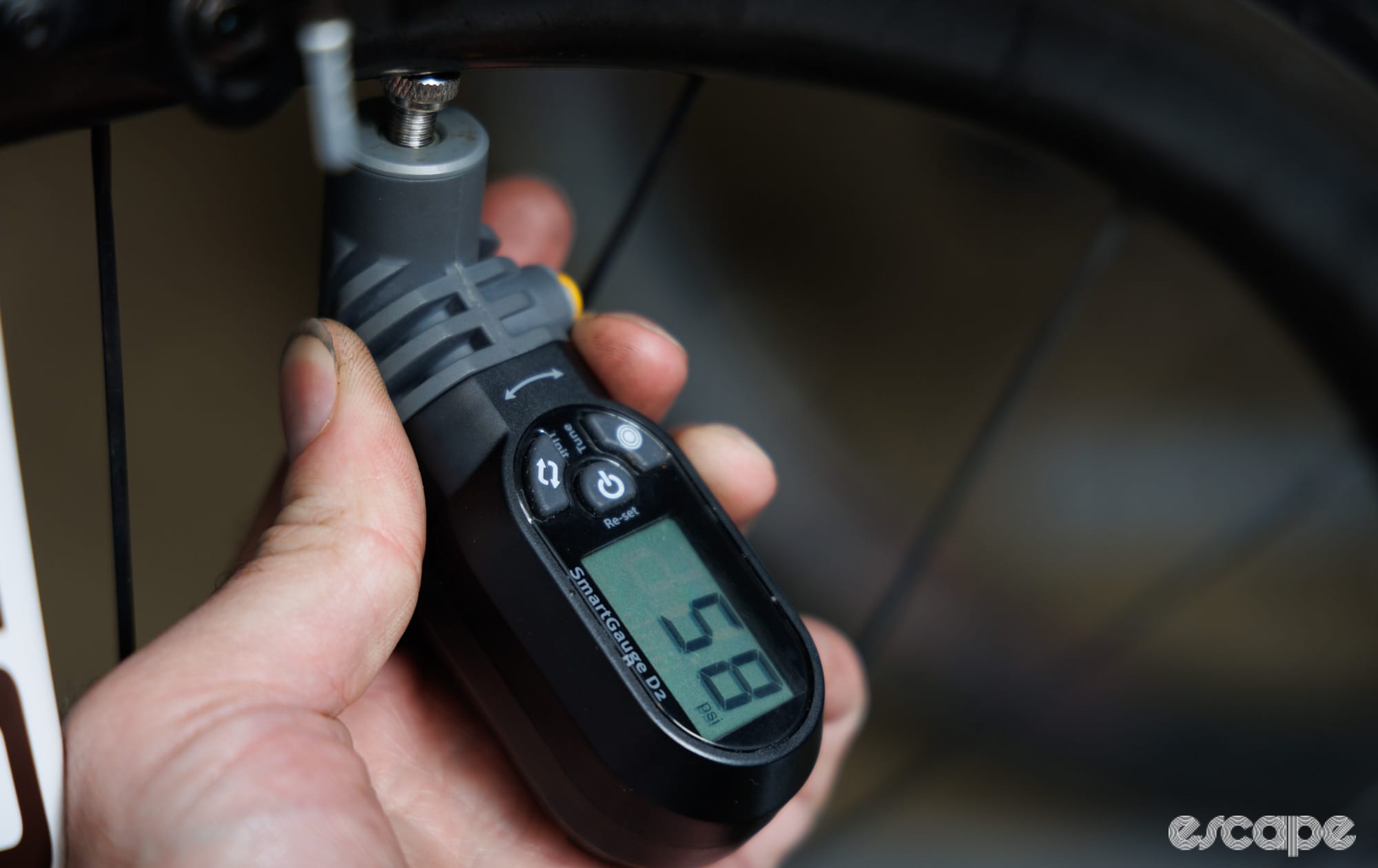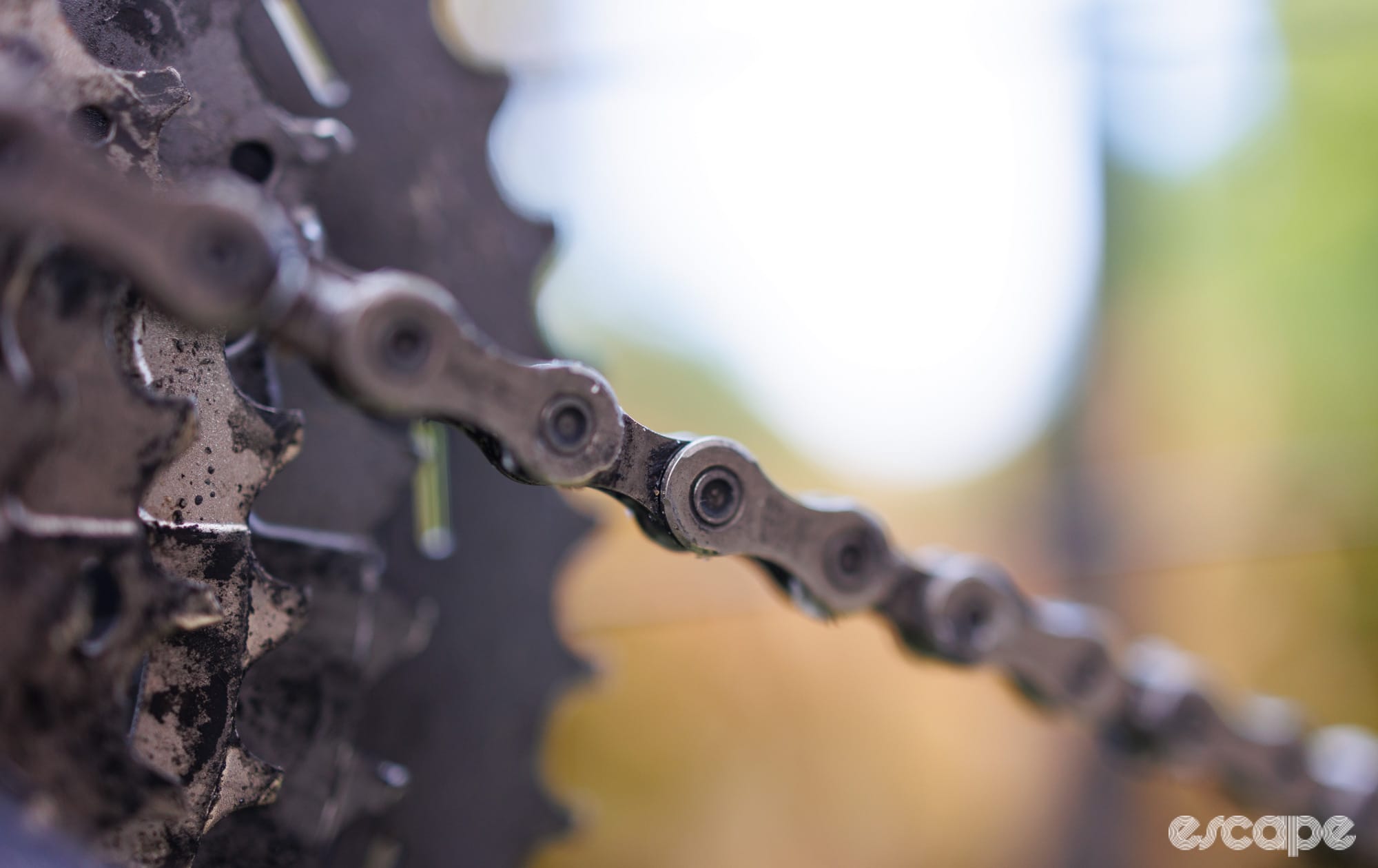Riding a well-tuned bike can go a long way to achieving a mind-cleansing and joy-inducing pedal. By contrast, creaking and squeaking your way up a climb can quickly take the smile off even the rosiest of cyclists.
This article is intended for road and gravel riders (with some useful takeaways for mountain bikers) who may not be so keen on the tech side of cycling. Consider this an essential hit list of the most common tech misunderstandings and woes a tech-loving friend and/or mechanic would want you to know. Likewise, if you’ve got a friend who always has the noisiest bike in the group, please send this as a reminder that they’re overdue for their next bike service.
Related reading: Things bike fitters wish all cyclists knew.
Lower tyre pressures are better, to a point
The science of tyre pressure has come a long way in recent years. The days of running 23 mm tyres at 110 psi to go fast are in the past.
Now we know that wider tyres with more air volume run at lower pressures are often more efficient on less-than-glass-smooth road surfaces – and you can bet they’re more comfortable and offer more confident handling, too. The goal is to run the pressures low enough to keep the tyres grounded, but not so soft that you’re at risk of flatting it if you hit a pothole or similar square-edge bump.
In most cases, people tend to run too much tyre pressure for their weight – especially when you consider that the wider the tyre, the lower the pressure you need to run. As an example, a decade ago I was running my 28 mm tyres at 90 psi (with a body weight of 70 kg); now, I typically run that same size tyre closer to the high 70s range.

Like many tech topics in cycling, the rabbit hole runs deep on this one. However, following the pressure recommendations provided by a free pressure calculator such as Silca’s or Zipp's for dropbar or Wolf Tooth's for mountain bike is a quick way to find more comfort and efficiency without spending a cent. Use the results as a starting point for experimenting with slightly higher and lower pressures to find out what feels and works best for you.
Related, it's important to remember that bicycle tyres experience air loss rapidly compared to the tyres of a motor vehicle. Checking and adding pressure to a tyre before every ride is best practice.
A clean chain saves big money
“What do you wish all cyclists knew” is a question I posed to a handful of highly experienced mechanics, and all answered with something related to drivetrain maintenance and wear.
“The number-one issue I see on bikes is mistreated drivetrains," said Colorado-based mechanic Colin Williams. "There have been so many advancements in lubes and cleaners, but most of that information hasn’t made its way to the mainstream sources."
Accelerated wear means accelerated replacement costs. "With consumable drivetrain parts on mid- to high-end bikes priced around the same as an entry-level alloy complete bike, there is a lot of benefit to be found in proper drivetrain care,” Williams added.
Did we do a good job with this story?





